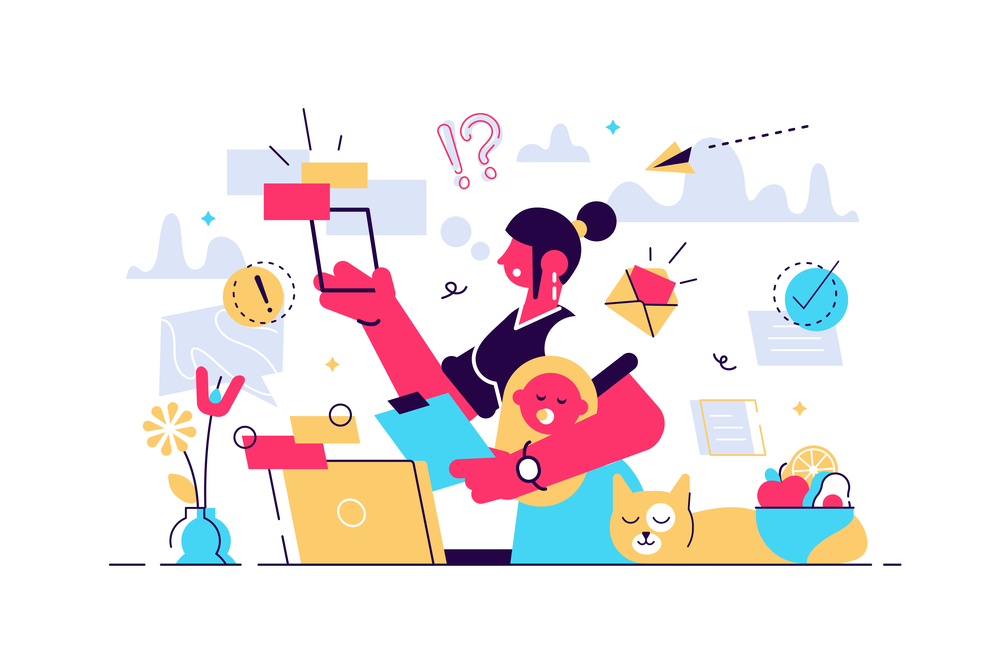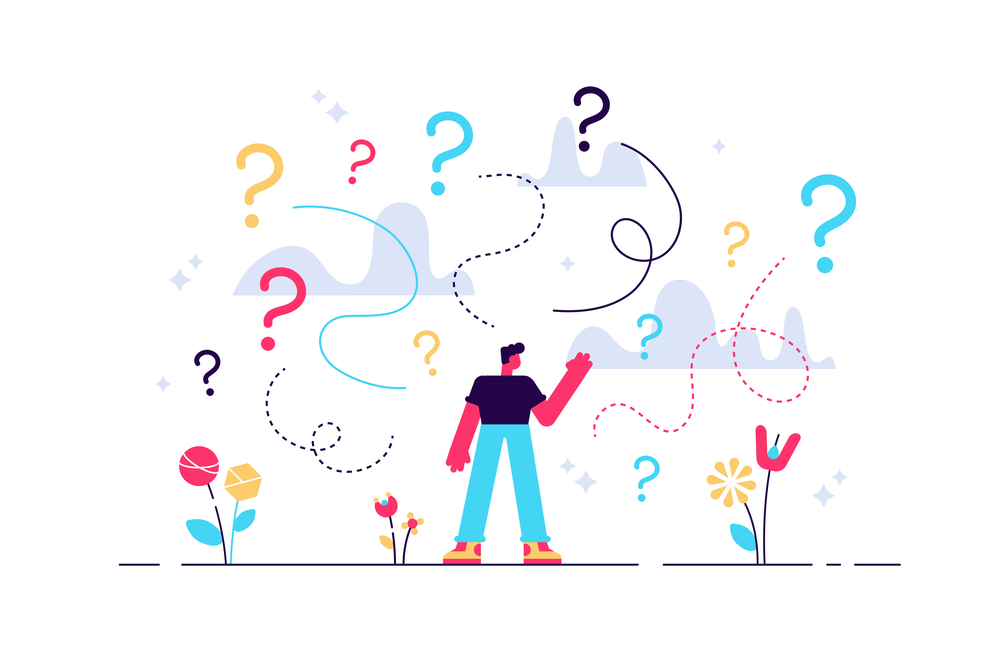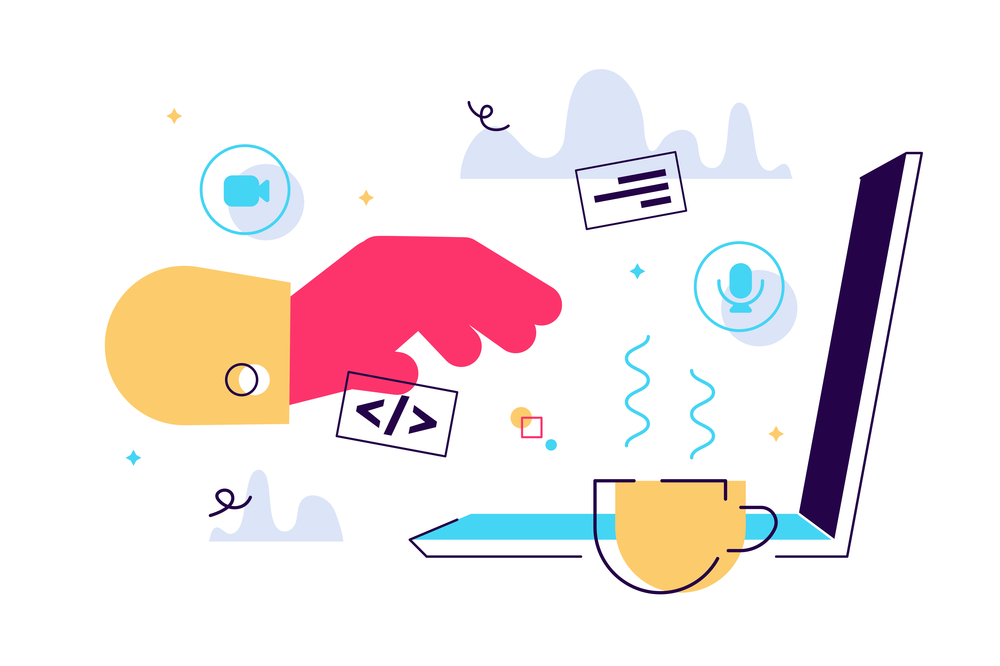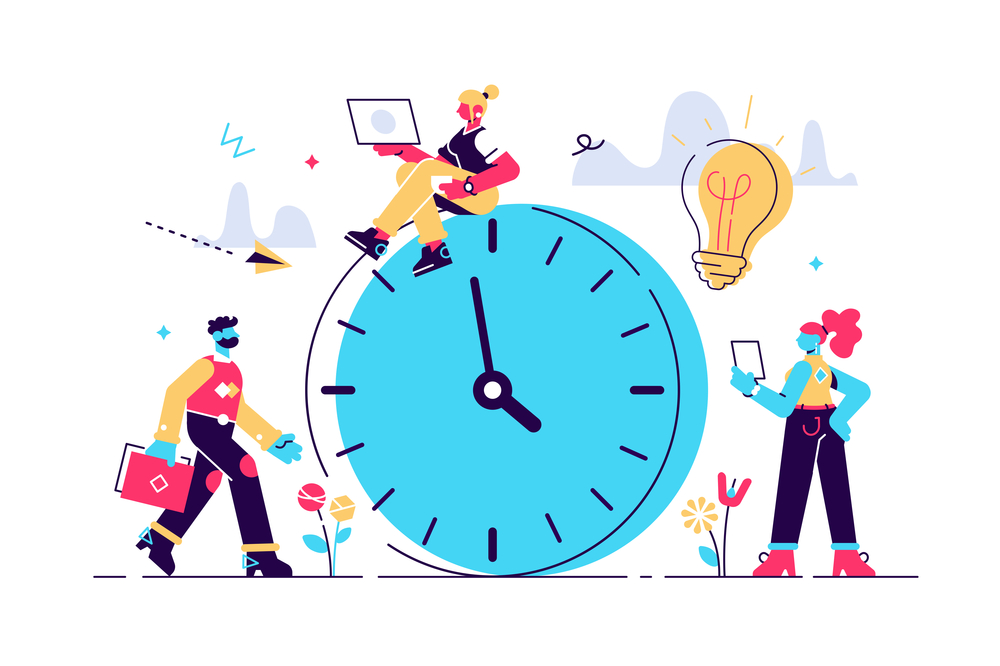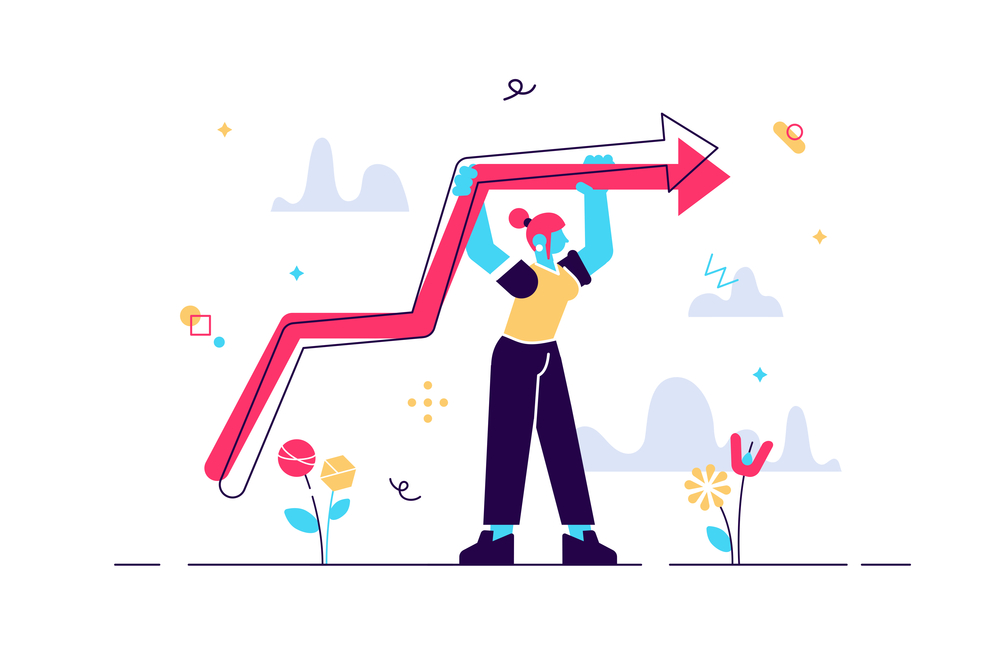One Task at a Time: Why Single-Tasking Boosts Productivity & Creativity
Keeping several tasks in mind is natural for humans. Historians believe that the ability of our ancient ancestors to perform several tasks at once—including caring for children, being aware of predators, communicating with tribe, and maintaining a fire—was an important factor in their survival. Nevertheless, multi-tasking in its modern sense has become a curse for employees and entrepreneurs. It consists of constantly switching between projects and meetings, trying to meet deadlines, and experiencing a lot of stress.
If you’re someone who has fallen victim to multi-tasking and its consequences, then maybe it’s time for you to master single-tasking. This technique will not only make you more productive and creative, but also a happier person.
What’s the difference between multi-tasking and single-tasking?
Multi-tasking and single-tasking are antonyms. The first refers to a strategy where you work on several tasks at the same time. The approach means that you start, continue, and finish a number of tasks almost simultaneously, switching your focus from one subject to another. This has been proven to lead to productivity loses.
Single-tasking is all about starting a new task once you’re done with a previous one. You can also group similar small tasks into bigger ones (for example, dedicating a certain hour exclusively to work emails or doing all types of chores without interruption, but only once per week) or chunk complex tasks into smaller ones.
Why was multi-tasking popular in recent years? Well, modern office workflow, social media, and the “cult of success” dominating the internet. Social media has been creating a false but anxiety-raising impression that everyone already has what we want or need and one should hurry up to simply match these standards.
Add being an employee who is constantly bombarded with tons of urgent tasks and meeting invitation, and it’ll become clear why most of us are exhausted and anxious multi-taskers.
Why and when is single-tasking good? 6 reasons to adjust your routine
We are evolutionarily adapted to performing several secondary tasks in “autopilot mode” in addition to the main one.
However, if you have several high-priority things that require concentration, single-tasking works much better than multi-tasking. For example, writing a letter to your manager and listening to a scientific lecture at the same time means one or both tasks will be executed badly. And high-quality task execution is just one of a numerous single-tasking advantages.
Here is the full list of single-tasking pros:
- Higher quality performance;
- Faster execution of each given task;
- Reducing stress level associated with not meeting deadlines or not making noticeable progress;
- A state of “flow” and happiness associated with it;
- Attention span and cognitive skills improvement;
- Creativity boost.
Single-tasking is not easy for a modern person. We have many things competing for our attention on a daily basis, like mobile notifications, social media content, and messages from colleagues.
Even more useful ideas can be found here: How to Get into a Creative Flow for Achieving Peak Performance.
How to switch from juggling tasks to productive single-tasking
The main idea of single-tasking is choosing a task and not switching to something else while executing it. Typical distractions include: communication, social media, “more urgent” tasks you suddenly remembered, and parallel activities (like watching a TV show in the background while designing a poster).
Here are some ideas to avoid key distractions and boost your single-task attention span:
1. Put your phone down, turn off notifications, and set “do not disturb hours” for colleagues.
Online and offline communication, as well as checking social networks (which stimulate the release of dopamine) are the most popular factors that prevent us from focusing on what’s important. Start your single-tasking journey by lowering their unwanted influence on you.
2. Bring order to the workplace.
This isn’t just about your physical workplace. Open tabs and apps partially distract your attention. Instead of tolerating mess online and offline, create an atmosphere that helps you focus.
3. Schedule your days and weeks and evaluate if your plan was realistic.
Multi-tasking can be the result of poor planning. A simple example: yesterday’s unfinished task is added to a list of tasks for today, preventing you from completing both of them on time. Accurate planning also allows you to decide on priorities and remove unrealistic or unimportant things from your schedule.
4. Use a timer (like Pomodoro).
You are most likely familiar with the Pomodoro Technique, where you set a timer for 25 minutes and do not distract yourself from a task until you hear an alarm. Then, you have a short break and repeat. Note that the approach helps you train concentration by gradually increasing attention span periods.
5. Divide complex tasks into parts.
Are you an art director about to start work on an ambitious project? Need to complete huge academic research? Dream of building a house? Remember that the only way to eat an elephant is one bite at a time. Break large projects into smaller tasks that can be completed in hours and do something every day.
6. Group similar activities.
You will save resources if you perform similar tasks in one session. For example, if you need to edit several texts, treat it as one “editing” task. And all calls to partners can be made one by one, after which you can switch to another type of activity—like calculating budgets or planning a seasonal creative campaign.
7. Take breaks and rest.
Your brain needs peace and rest, but switching attention to social media, movies, or books is not a good strategy; these activities are yet another intellectual task. Good rest can be physical activity, a walk, meditation, or even absolute idleness. When the brain is not focused on a certain task, you begins to “wander”—It is in this state that the most creative ideas come to mind.
Wrapping up
Strict deadlines, ambitious plans, and the pressure of success. Sometimes, it seems like the modern world leaves us no choice but to become tireless multi-taskers. However, there is a problem. In most cases, multi-tasking leads to decreased efficiency and creativity, and ultimately makes us feel tired, unhappy, and disappointed.
How can one break the chain of this vicious circle? Try single-tasking—the approach will help you to get more done and enjoy life.
Start clearly setting your priorities, put your mobile devices on silent mode, and tidy up your workplace. Now, enjoy the flow while fully and deeply immersing yourself in what needs to be done.
How to Be More Productive: Let Your Gadget Help You!
Home Office Design Ideas to Stay Productive All Day Long
7 Insightful Newsletters for Creatives to Subscribe to
5 Offbeat Ways to Boost Creativity (Away from Screens)
